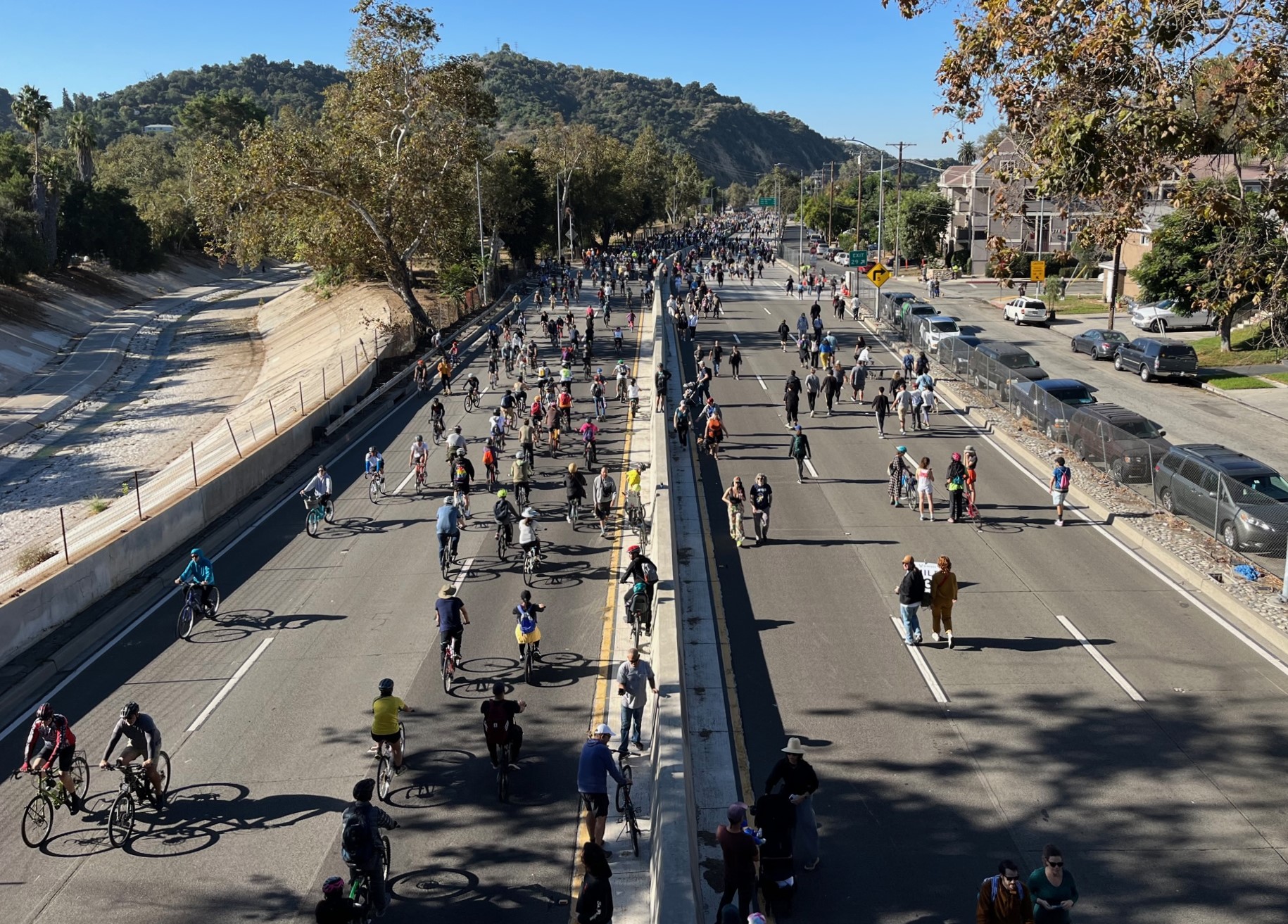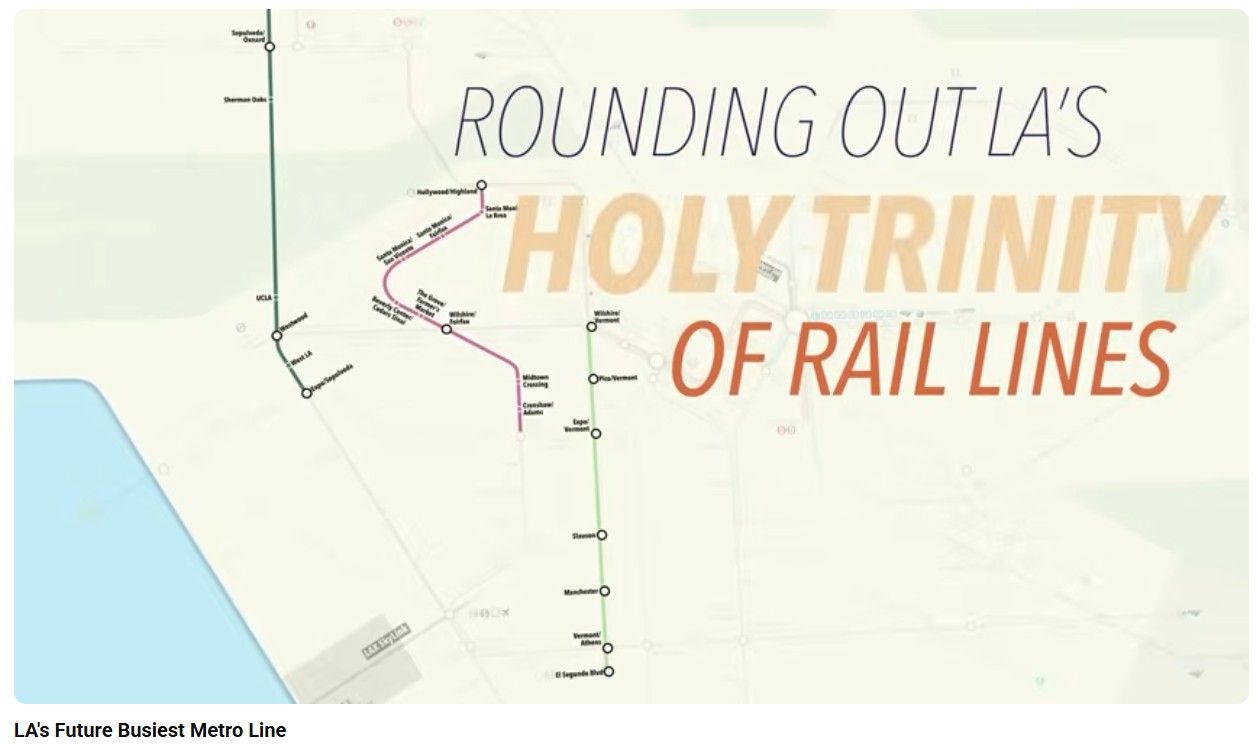Cross-posted from City Observatory.
Last week, the Washington Post reported that the U.S. District Court in Washington, D.C., has ordered new ridership projections for the proposed Purple Line light rail line, which will connect a series of Maryland suburbs. Like any multi-billion dollar project that serves a densely settled metropolitan area—and this one connects some of its wealthiest suburbs—there’s bound to be controversy. But today, we’ll ignore the substantive debate over the merits of the proposed alternative and focus instead on the technical issue of projecting future ridership on which this case turned.
The court’s decision was based on the fact that the state, and the FTA, have failed to update ridership projections since 2009. The plaintiffs argued that rail ridership on the Washington Metropolitan Area Transit Authority’s Metro system has declined every year since then, and that the system’s recent safety, budget, and operational woes are threatening to push ridership even lower.
The state of Maryland and the Federal Transit Administration, the Purple Line’s project sponsors, argued in response to the plaintiffs that because WMATA is a separate transit system, its ridership is not germane to assessing the environmental impacts of the Purple Line, which will be operated by the Maryland Transit Administration. The court rejected these claims, noting that more than a quarter of the expected riders of the Purple Line are also expected to use the WMATA Metro system.
U.S. District Court Judge Richard J. Leon determined that the failure to update the ridership forecasts in light of WMATA’s troubles was “arbitrary and capricious.” In his opinion, the two agencies were “cavalier” and failed to update ridership forecasts in the face of changed circumstances, which “raises serious concerns about their competence as stewards of nearly a billion dollars of federal taxpayer’s funds.”
The case is Friends of the Capital Crescent Trail v. FTA, Civil Case #14-01471. The decision was handed down on August 3. A copy of Judge Leon’s memorandum of opinion from August 3 is available here.
Maryland officials have said they’ll appeal the District Court’s ruling, so it’s not yet certain that this case will be the law of the land. But in our view, if this ruling stands, it has an important implication for transportation planning—especially the construction of highway expansion projects. The underlying principle here is that big investments ought to be based on forecasts—whether of future traffic or ridership—that fully reflect all the information we have at hand on how travel patterns are changing, and are likely to change in the future. The track record for highway traffic forecasts has, if anything, been far worse than the problems flagged for WMATA’s Metro.
Around the nation, state departments of transportation have routinely overestimated the growth of automobile traffic and used these exaggerated projections to justify billions of dollars of new roads. The State Smart Transportation Institute analyzed an aggregation of state traffic forecasts prepared annually by the USDOT. SSTI’s analysis showed that 20-year projections overestimated future traffic volumes in every single year states’ reports could be compared against data on actual miles driven by Americans.

As we and others have noted, there’s been a sea-change in American travel habits, influenced by changing gasoline prices and a generational change it attitudes toward travel and urban living. Yet many state forecasting models are still grounded in unexamined extrapolations of trends dating back to the 1990s. In Friends of the Capital Crescent Trail v. FTA, Judge Leon cited press reports on the impact of Metro safety problems on ridership. If courts take judicial notice of the contemporaneous developments that are materially changing travel patterns, we hope that they will cast a similar light on the abundant evidence about changing travel behavior —and insist that highway projects also fully consider these changing circumstances. There’s a precedent: As we reported last year, a federal court in Wisconsin struck down the approval of a highway project there based on flawed and outdated traffic projections.
A overwhelming amount of assumptions, inertia, and potential bias are buried in traffic projections. At a time of rapid shifts in travel behavior, markets, and technology, and especially in response to climate change, we should be especially wary of projects based on models that are opaque extrapolations of outdated trends. It’s a good thing that the National Environmental Policy Act requires project sponsors to take note of changing circumstances. Hopefully, as Judge Leon observed in his opinion, this ought to be simply a matter of common sense.








